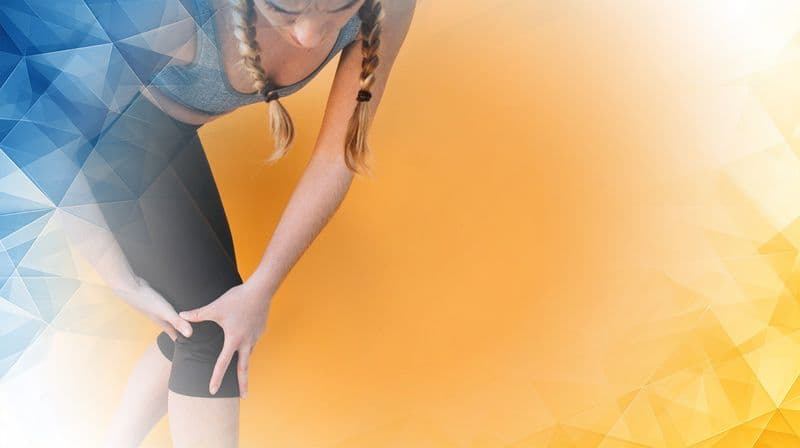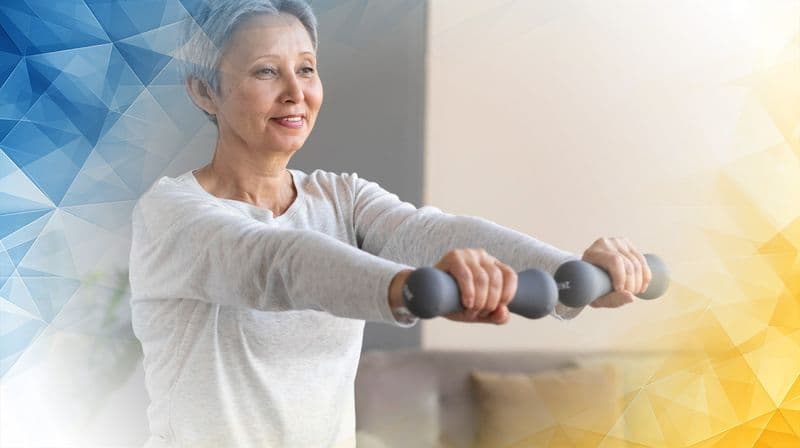
How Clinicians Assess the Success of ChondroFiller Liquid in Cartilage Repair: A Clearer Picture of Healing
Cartilage defects—small areas of damage to the smooth, cushioning tissue in our joints—can cause pain and limit movement if not treated properly. These issues are common in joints like the knee, ankle, and hip, and they often worsen over time. In recent years, doctors have developed innovative treatments to help the body heal damaged cartilage more effectively. One promising option is ChondroFiller Liquid, a gel-like collagen matrix that serves as a supportive scaffold for new tissue growth. Applied through minimally invasive surgery, it encourages the body’s own cells to repair damaged cartilage.
But how do clinicians determine if ChondroFiller Liquid is truly effective? This article explores the multiple ways healthcare professionals assess its success—combining clinical assessments, imaging scans, biological analysis, patient feedback, and collaborative teamwork. Key themes include ChondroFiller Liquid, cartilage repair , and efficacy assessment.
Tracking Pain and Function: Clinical Scores
To gauge how well the cartilage is healing, clinicians rely on standardized scoring systems. These scores measure pain levels, joint function, and activity. For knees, the International Knee Documentation Committee (IKDC) score is most commonly used, ranging from 0 to 100—higher scores reflect better knee function. An improvement of 10 points or more usually signals a meaningful clinical difference.
For arms and hands, the Disabilities of the Arm, Shoulder and Hand (DASH) score is used. For ankles, clinicians may use the Foot and Ankle Disability Index (FADI) or the Foot and Ankle Outcome Score (FAOS). Pain is routinely assessed using the Numeric Rating Scale (NRS), where patients rate their pain from 0 (no pain) to 10 (worst pain imaginable).
These scores are documented before treatment and at follow-ups—typically 6, 12, and 36 months later. Studies show that many patients treated with ChondroFiller report steady improvements in these scores over time. For instance, knee patients often see IKDC scores rise from about 48 pre-treatment to around 80 three years post-procedure, reflecting better joint function and less pain. Similar improvements are observed in ankle and hand injuries, with multiple studies confirming lasting benefits and high patient satisfaction【6:0,5†Jerosch & Joseph】【2:0,17†Breil-Wirth et al.】.
In thumb joint osteoarthritis , for example, patients not only experience pain relief, but also see increases in grip and pinch strength, as measured in clinical tests.4
It's worth noting that ChondroFiller Liquid displays unique mechanical properties—such as nonlinearity and compression-tension asymmetry—which help it better mimic the function of natural cartilage. These characteristics can influence recovery and are reflected in patient outcomes.
Seeing is Believing: Imaging Cartilage Repair
Beyond clinical scores, imaging provides valuable insights into the repair process. Magnetic resonance imaging (MRI) is especially helpful, as it offers detailed views of cartilage and soft tissues without exposing the patient to radiation.
Clinicians use MRI-based scoring systems like MOCART (Magnetic Resonance Observation of Cartilage Repair Tissue) to assess how well the defect has filled, the smoothness of new tissue, and its integration with existing cartilage. Indicators of successful repair include a smooth, well-filled defect, less underlying bone swelling (bone edema), and reduced joint fluid—often a sign of less inflammation.
For challenging sites, such as deep hip joints, doctors may use fluoroscopy (live X-ray guidance) to ensure precise application of ChondroFiller . Serial MRI scans—at 4 weeks, one year, and beyond—show how the new tissue matures and integrates over time. In conditions like finger joint osteoarthritis , MRI improvements tend to mirror improvements in pain and function【2:0,17†Breil-Wirth et al.】. MRI studies have shown reductions in bone edema and joint fluid after ChondroFiller treatment, confirming active repair within the joint.4
The unique structure of ChondroFillerLiquid—especially its high proportion of nonfibrillar hydrogel—can also influence how repair appears and progresses on MRI scans.
Optimal delivery is key for clinical success. Recent experience treating hip cartilage injuries found that getting the needle as close as possible to the cartilage defect greatly improved outcomes and helped avoid wasting material—a technical consideration that makes a real difference during arthroscopic surgery .3
Understanding the Biology: Biomarkers and the Healing Process
Researchers are also looking deeper, analyzing biological markers in joint fluid to understand how cartilage heals at a cellular level. These markers include fragments of cartilage protein (collagen type II), proteins involved in resisting compression (proteoglycans), and molecules linked to inflammation.
Laboratory and animal studies reveal that ChondroFiller ’s collagen matrix attracts the body’s healing cells, helping them transform into cartilage-producing chondrocytes. These cells begin to generate new matrix, which can be tracked through biochemical tests—offering valuable information that complements clinical evaluations and imaging.
Mechanical studies support this foundation, showing ChondroFiller Liquid has pronounced viscous properties, creating a soft, cushioning environment that may promote early regeneration.
Practical surgical techniques are evolving as well. One recent approach describes using a combination of a curette and a needle for easier and more effective delivery of injectable cartilage repair materials during hip arthroscopy .3
What Matters Most: Patient Feedback
Ultimately, the best measure of success comes from patients themselves—how they feel, move, and live after treatment. Validated questionnaires capture patient-reported outcomes on pain, function, and quality of life. Tools like WOMAC (for osteoarthritis ), KOOS (for knee injuries ), and subjective IKDC forms are widely used.
Scales like Tegner and Tegner-Lysholm help track activity levels, including return to work, sports, and daily life. In hand osteoarthritis, patients have reported less pain and better grip strength as soon as one month after ChondroFiller treatment, with many benefits continuing for at least six months. Improvements in DASH scores and pain ratings (NRS) echo these findings, highlighting meaningful gains in function and quality of life【6:0,7†Jerosch & Joseph】.
In recent clinical evaluations, patients undergoing ChondroFiller treatment received regular follow-up using grip and pinch strength tests, pain ratings, and hand function scores, alongside targeted MRI imaging for selected groups.4
Combining Expertise: The Power of Multidisciplinary Care
Assessing cartilage repair is most effective when approached by a collaborative team. Orthopaedic surgeons, radiologists, physical therapists, and laboratory scientists each contribute unique insights, merging clinical, imaging, laboratory, and patient-reported information to capture the full story of healing.
Professor Paul Lee , an experienced orthopaedic and rehabilitation specialist, advocates for assessments that prioritize both scientific evidence and patient goals. At MSK Doctors, a team-based approach ensures every patient receives personalized monitoring and rehabilitation, tailored to their unique needs. Importantly, while Professor Lee and MSK Doctors are experts in evaluating cartilage repair , they are not involved in the creation or marketing of ChondroFiller and offer an impartial perspective.
Emerging research underlines the crucial relationship between the structure and function of cartilage substitute materials, emphasizing the need for multidisciplinary evaluation and careful material selection in cartilage engineering.
In summary, determining the success of ChondroFiller Liquid for cartilage repair requires a broad, thorough approach. By combining standard clinical scores, advanced imaging, biological analysis, patient-reported outcomes, and expert teamwork, clinicians can track healing accurately and ensure both objective improvements and real-life benefits for patients. For individual medical advice, always consult a qualified healthcare professional.
References
- Jerosch J, Joseph P: Midterm Results after cell free collagen matrix (ChondroFiller LiquidTM). Orthopädische und Unfallchirurgische Praxis. 2020; 9(2):109-115. DOI 10.3238/oup.2019.0109–0115
- Breil-Wirth A, von Engelhardt LV, Lobner S, Jerosch J: Retrospective study of cell-free collagen matrix for cartilage repair. Orthopädische und Unfallchirurgische Praxis. 2016; 5(9):515-520. DOI 10.3238/oup.2016.0515-0520
- Perez-Carro, L., Mendoza Alejo, P. R., Gutierrez Castanedo, G., Menendez Solana, G., Fernandez Divar, J. A., Galindo Rubin, P., & Fernandez, A. A. (2021). Hip Chondral Defects: Arthroscopic Treatment With the Needle and Curette Technique and ChondroFiller. Arthroscopy Techniques, , . https://doi.org/10.1016/j.eats.2021.03.011
- Corain, M., Zanotti, F., Giardini, M., Gasperotti, L., Invernizzi, E., Biasi, V., & Lavagnolo, U. (2023). The Use of an Acellular Collagen Matrix ChondroFiller® Liquid for Trapeziometacarpal Osteoarthritis. . https://doi.org/10.1177/19476035251354926
- De Lucas Villarrubi JC et al: Acellular Matrix-Induced Chondrogenesis Technique Improves the Results of Chondral Lesions Associated With Femoroacetabular Impingement. Arthroscopy. 2021; DOI:10.1016/j.arthro.2021.08.022
- Weizel, A., Distler, T., Schneidereit, D., & Friedrich, O. (2020). Complex mechanical behavior of human articular cartilage and hydrogels for cartilage repair. Acta Biomaterialia, 118, 140-154. https://doi.org/10.1016/j.actbio.2020.10.025








